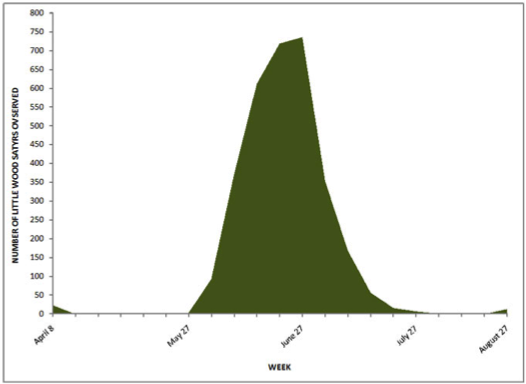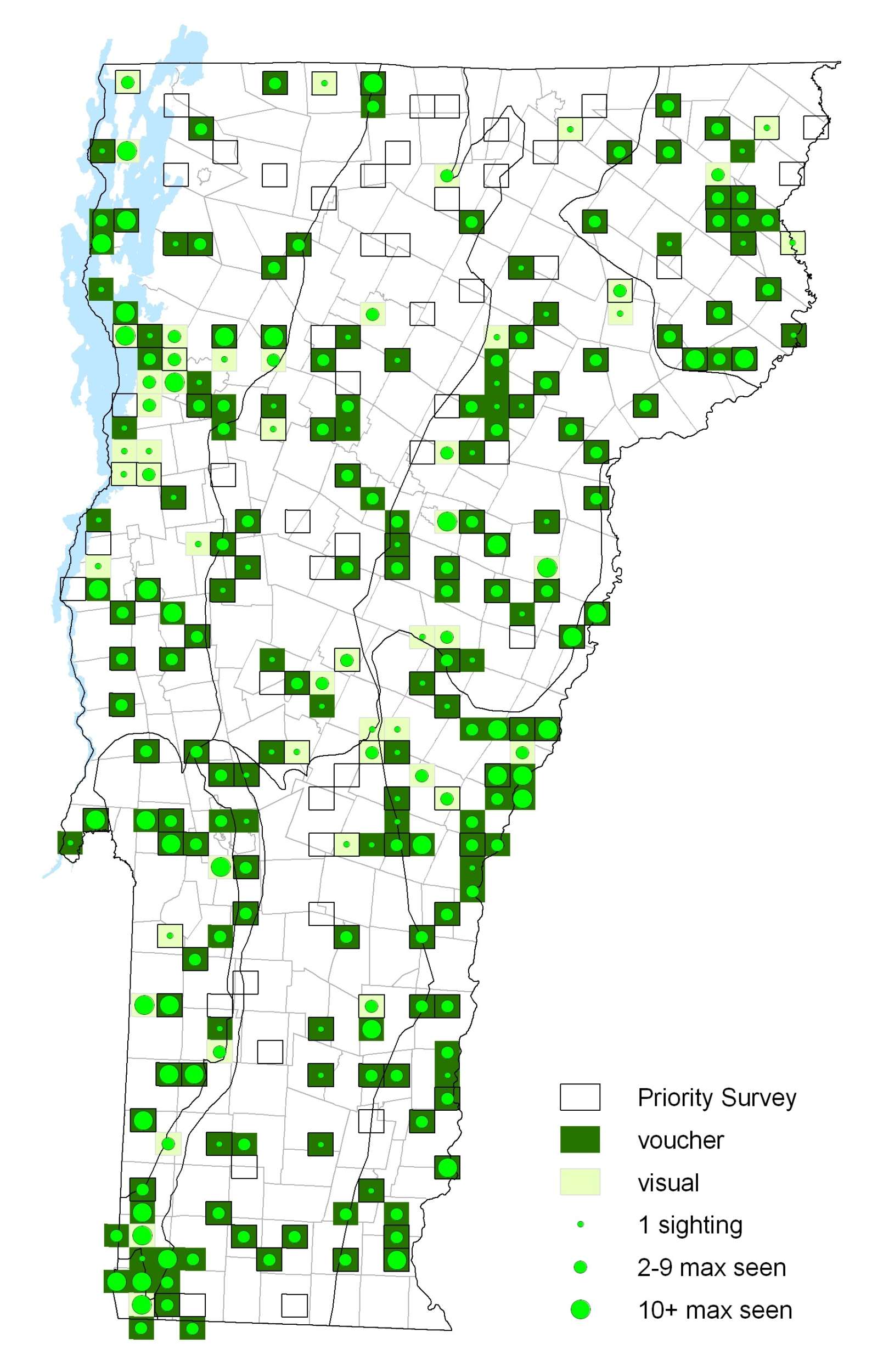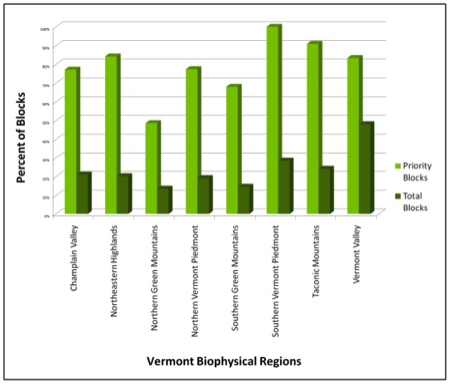|
Resident Conservation Status North American Range |
Flight periods of populations studied in the mid Atlantic suggest that there may be two cryptic sibling species in some parts of it range. In the early morning and late afternoon, adults bask with their wings open while perched on tree leaves or on leaf litter. They have a slow bouncing flight and will rise as far as the tops of tall trees. Males patrol in the shade throughout the day to find females. Eggs are laid singly on grass blades. Fourth-stage caterpillars overwinter.
Identification
Light brown. Forewing has two yellow-rimmed black eyespots both above and below. Hindwing has two eyespots on upper side; but may have smaller spots below.
Flight
Appeared to have just one brood during VBS. Extreme dates: 24 May 2004 in Bennington and Pownal (K. Hemeon), 23 August 2003 in Manchester (R. Stewart) and 27 August 2003 in Lincoln (S. Tucker, J. Arrowsmith).
Distribution and Habitat
During VBS it was found throughout the state. Their preferred habitats are grassy woods and openings; especially in limey or basic soils. Adults rarely nectar from flowers, more often feeding on sap, aphid secretions and rotting material. Caterpillar hostplants are Orchard Grass (Dactylis glomerata) and other grasses.







